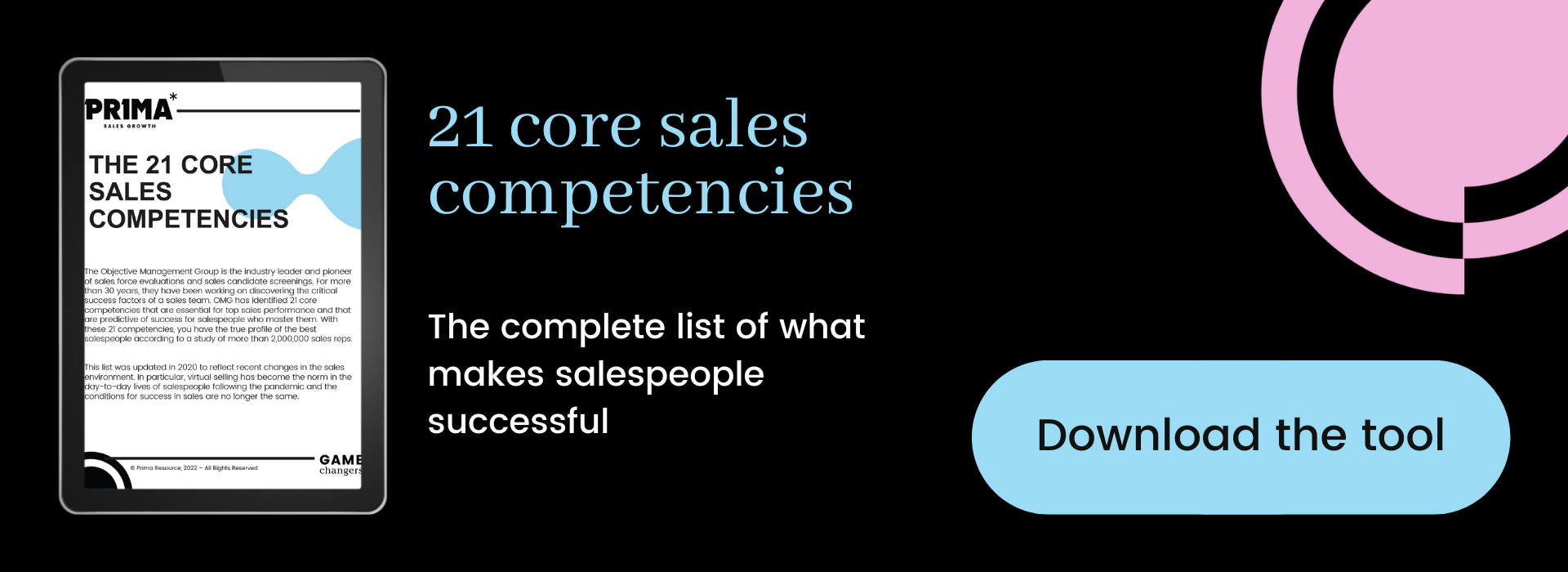
An undeniable fact of the sales industry is the element of no control. It’s an important element for the simple fact that the salesperson must absolutely make sure every step of the sales process is performed efficiently to ensure a maximum impact on positive results.
If your prospect is qualified and ready to close, it’s usually because you’ve been thoroughly consultative by asking all the right questions and listening more than you speak. In the end, hopefully, this will result in more wins than losses.
Occasionally losing a sale is part of the game.
Having well done your homework, in terms of asking the appropriate questions and determining the compelling reasons to buy, if in the end, the prospect still decides not to buy, then at least you know you’ve done everything you can.
“To hit a home run, you’re going to strike out once in a while.”
A good salesperson understands, as the baseline theory goes, that Babe Ruth may have hit a whole bunch of home runs, but he also struck out a lot too. So, it goes for sales too.
If you’re meticulous in your process, going from base to base, from suspect, prospect qualified to closable…. The closing should happen organically.
In most situations where the client decides not to close, you will have obtained enough information to understand where it went wrong, and why it hasn’t closed.
All you control is your capacity to ask questions and establish yourself as a respected, trustworthy person. Uncover the solution that is best for them, not a solution you are pushing.
Filling the pipeline to avoid roller coaster months.
It’s a numbers game! It’s all about how many opportunities exist in your pipeline. For example, if you know your closing ratio is 1 for 10, and your objective is to close 5 deals a month, you must feed your pipeline with a minimum of 50 prospects a month. Hence, the importance of maintaining a full pipeline.
If you’re expected to have ten sales a month, make sure you have 100 opportunities in your pipeline that are properly ventilated. If you keep this up on a regular basis, then you shouldn’t have roller coaster months.
Effectively, you don’t control your client’s decision to buy. However, if you are experiencing huge sales cycle irregularity, this means you are either irregular in your activities, or irregular in your services.
Some external Factors
Unfortunately, dealing with large corporations can mean a long sales cycle, longer than you want or would expect. Effectively, you must do whatever you can to shorten that sales process.
This is different from when you’re dealing with a smaller company and can get in touch with the president more easily. Sometimes you’re dealing with a large decision committee who only gathers every few months. However, if you’ve dug deep with your questions and are aware of all the conditions, and are informed about deadlines, you can establish realistic forecasting expectations.
Ultimately, you don’t always know the internal politics that affect a final decision. You hope to find out as much as you can about the factors that affect the decision. Healthy skepticism will hopefully have ensured that you’ve asked as many good, great and tough questions as possible and gotten as far as you can.
In the end you don’t have the final picture because you’re not sitting in the client’s seat. By performing a clearly laid out sales process, without missing any steps, you’re not guaranteeing to close, you are, however, putting all the chances on your side.
In closing
Your capacity to handle rejection is part of your sales DNA. It must be addressed if you’re to survive and succeed as a salesperson.
The 21 sales core competencies evaluation allows us to identify weaknesses more easily, and thus facilitating the coaching process.





